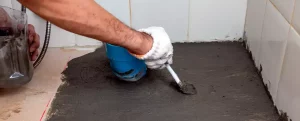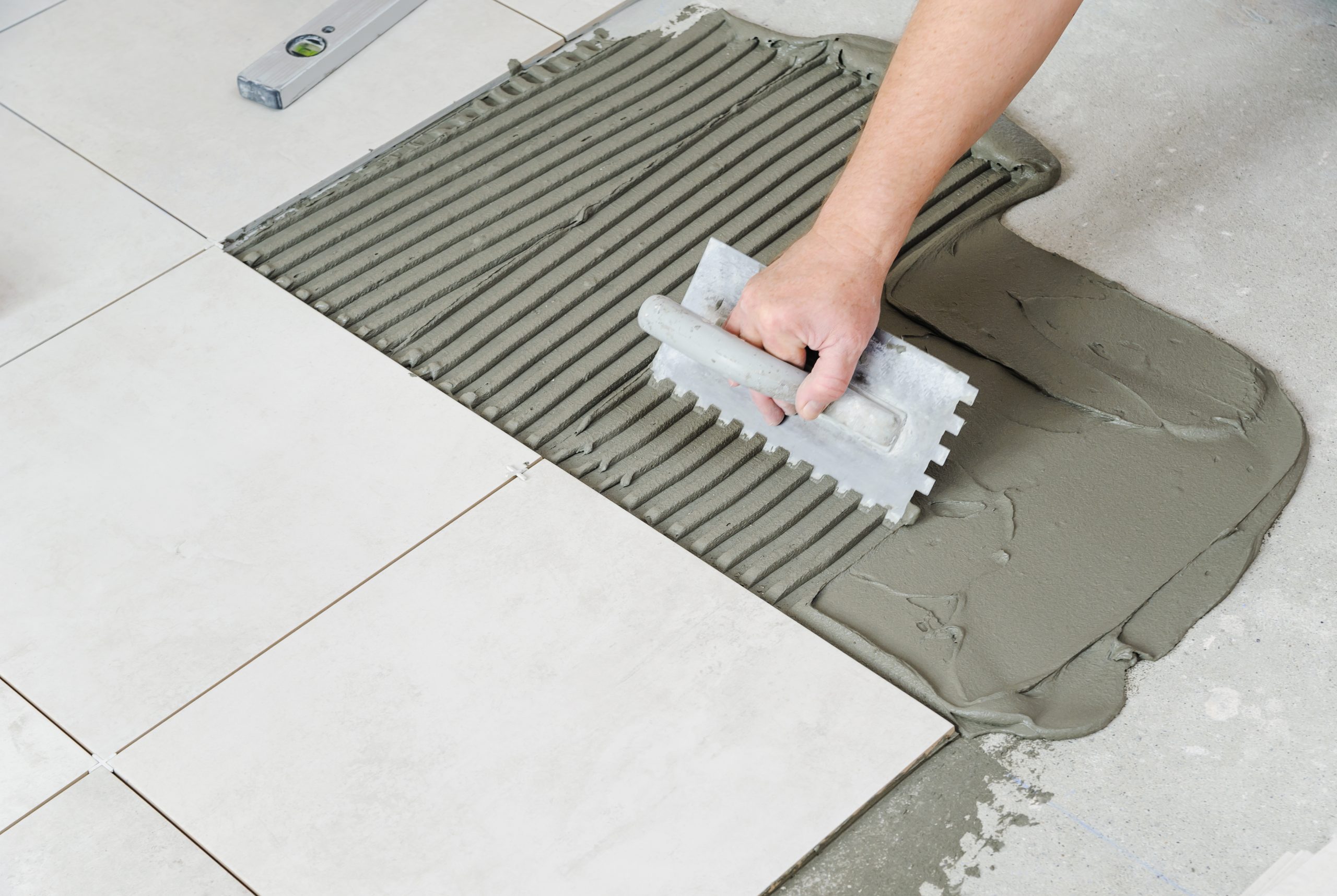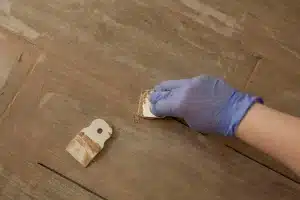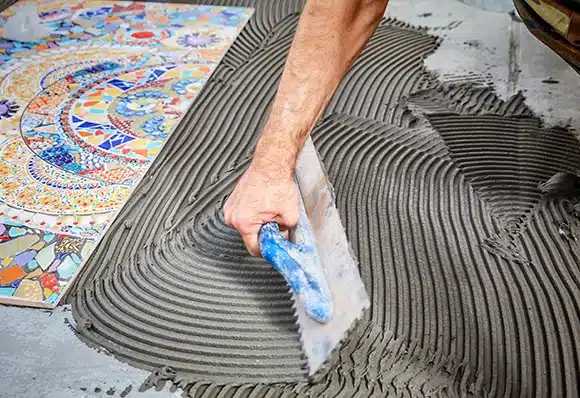
Menu
Edit
ADDRESS
Pidilite Industries Ltd,
Ramkrishna Mandir Road,
P.O. Box No. 17411,
Andheri (East) Mumbai – 400059
Check out the biggest trends of the season and our expert take on them.

Many homeowners believe they can use standard household glue for tiling or rely on traditional cement mixing, which results in costly repairs months later. The right tile fixing glue ensures your tiles stay intact for years, even after withstanding frequent wear and tear. However, several myths can leave you confused and wreck your installations.
Here are the myths about glue for tiling that you should be aware of:
Here are the myths about glue for tiling that you should be aware of:
A widespread misconception is that all adhesives perform equally well, making it acceptable to opt for cheaper, local alternatives.
In reality, tile fixing techniques require a glue that’s engineered for durability, moisture resistance, and long-term performance. Local or general-purpose adhesives may not have the polymer modifications or chemical strength needed to support the constant load, exposure, and structural movement tiles endure.
Using the wrong tile fixing glue often leads to weak bonding, debonding, or tile failure over time, proving that not all adhesives are created equal.
Despite its widespread acceptance, traditional cement presents significant limitations for modern tile installation. Cement exhibits poor adhesion with non-porous tiles, such as vitrified tiles, creates hollow spaces due to shrinkage after drying, and lacks the flexibility required for structural movement.
Modern glue for tiling offers superior bonding strength, especially for large-format tiles and stones that cement cannot adequately support. Tile fixing glue minimises common cement-related problems, including cracking and debonding issues that plague traditional installations.
Different tile materials require specific adhesive formulations. For example, ceramic tiles need different bonding agents than vitrified tiles, glass mosaics, or natural stones.
Surface compatibility is equally critical in tile fixing techniques. Metal substrates, drywall, concrete, and plywood each require specialised glue for tiling formulations. Using inappropriate adhesives can lead to poor bonding, eventual tile failure, and expensive reinstallation costs.
Many homeowners believe tiling is a simple weekend project, but achieving professional results requires more than basic tools. Proper tile fixing techniques involve surface preparation, adhesive selection, and precise curing — steps that demand expertise. Using the wrong glue for tiling or applying it unevenly can cause hollow tiles, cracks, and poor alignment, leading to premature damage and rework costs.
Even after tiles are laid, the quality of glue for tiling directly affects long-term maintenance. Local adhesives can lead to loosened tiles over time. Durable, polymer-modified adhesives, like those offered by Roff, and correct tile fixing techniques prevent these issues, keeping tiles looking flawless and reducing upkeep in the long run.
Roff’s range of tile adhesives includes specialised formulations for various surfaces, tile materials, and usage zones, such as floors, walls, and tile-on-tile installations.
Products like Roff Vitrofix are recommended to fix vitrified tiles of different sizes, while Roff Extrofix serves external applications exposed to weather variations. Each tile fixing glue in their range provides polymer-modified bonding strength designed for long-term durability and professional results. With proper glue for tiling selection and correct tile fixing techniques, homeowners can avoid costly mistakes and achieve a flawless tile finish.


